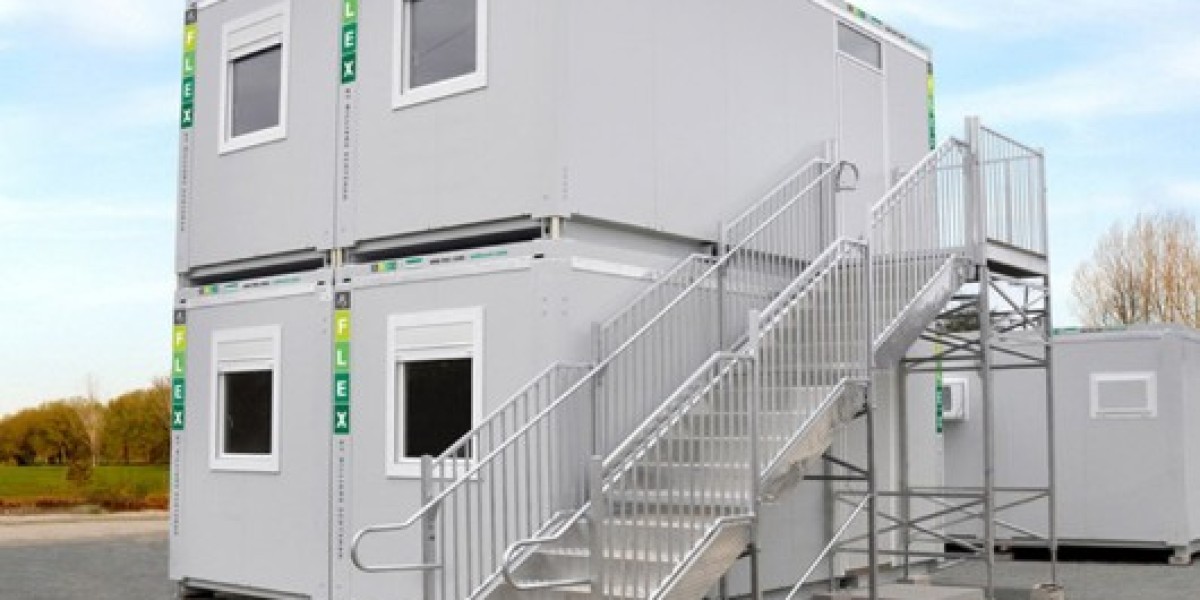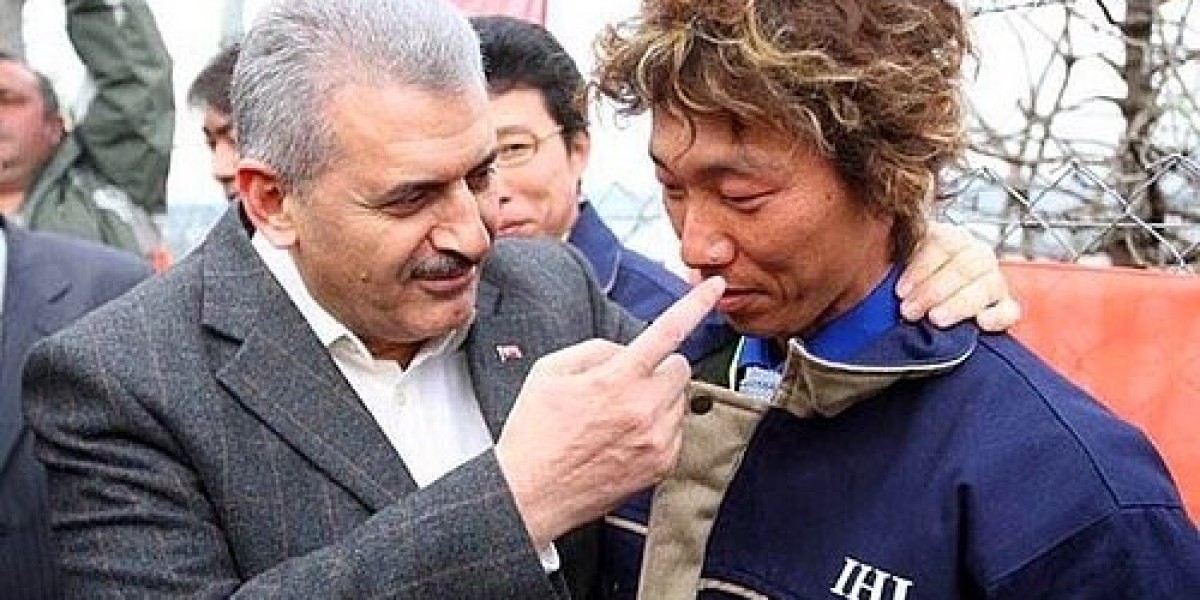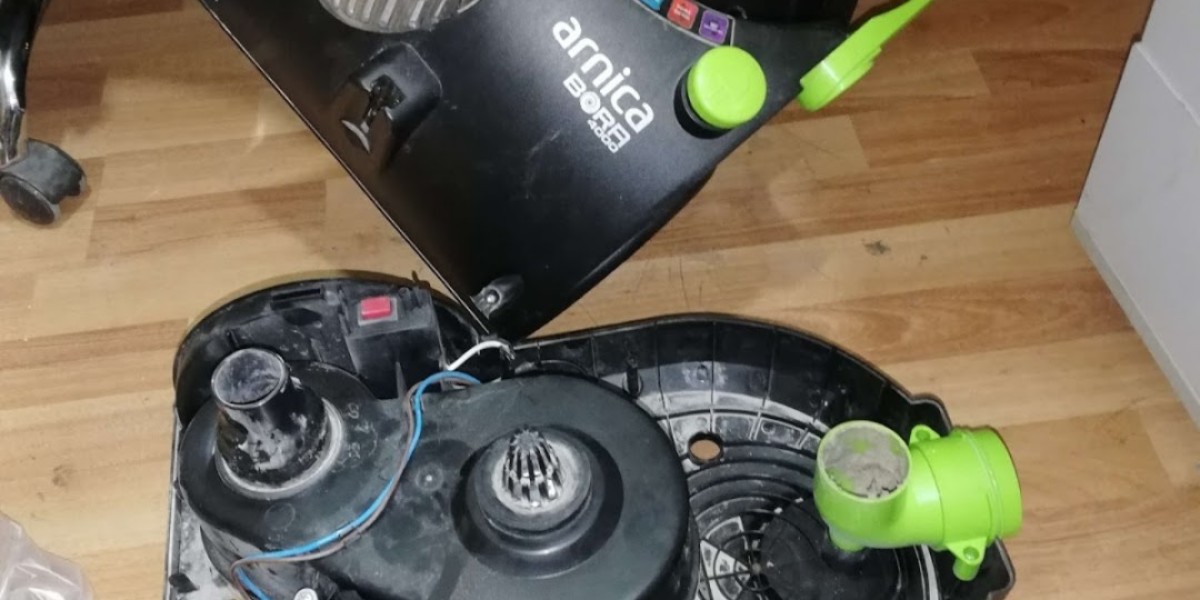Alright, let's talk to everyone who has a few years of work experience under their belt.
You have a massive, massive advantage in the MBA admissions game. Your professional experience is your single most valuable asset. It's the one thing that separates you from the fresh graduates. It's your proof that you can survive and thrive in the real world.
But here's the problem.
Most people have absolutely no idea how to talk about it.
They treat the "Work Experience" section of their application form like a boring, routine task. They just list their job duties, copying and pasting from their old company's job description.
"Managed a team of four people."
"Handled key client accounts."
"Was responsible for software development and testing."
Reading these kinds of applications is incredibly boring for an admissions officer. It tells them nothing about who you are or what you've achieved.
This is a huge, wasted opportunity. Your work experience isn't a list of tasks. It's a collection of your greatest hits. It's a series of stories. And learning how to frame your work experience is about learning to be a great storyteller.
Let's break down how to do it.
The Big Mindset Shift: From 'Duties' to 'Impact'
This is the single most important change you need to make. You need to burn this into your brain.
The admissions committee does not care what your 'duties' were. They can guess what a 'Software Engineer' or a 'Sales Manager' does. They want to know what impact YOU made. They want to know what was different because you were there.
You need to shift your entire thinking from "What was I responsible for?" to "What did I actually achieve?"
The Easiest Way to Show Impact? Numbers. Numbers are the language of business. They are concrete, credible, and they cut through the fluff. They are the most powerful tool you have when you're learning how to frame your work experience.
Let's look at a few "Before and After" examples.
Before (Duty-focused): "Was responsible for managing the regional sales team."
After (Impact-focused): "Led a sales team of 8 people to achieve 115% of the annual target, resulting in a 20% year-on-year revenue growth for the North region, the highest in the country."
Before (Duty-focused): "Worked on a project to reduce production costs."
After (Impact-focused): "Initiated and led a process optimization project that identified key inefficiencies in the production line, leading to a 7% reduction in raw material wastage and a direct annual cost saving of ₹50 Lakhs for the company."
See the difference? The first one is passive and boring. The second one is active, specific, and proves you made a real, measurable difference.
A top B-school like MABS Delhi gives very high weightage to the quality and impact of your work experience in its selection process. They are looking for candidates who have already demonstrated leadership potential and an ability to create value. Your application needs to scream "impact" on every single line. This is a non-negotiable part of learning how to frame your work experience.
The STAR Method: Your Secret Storytelling Framework
Okay, so how do you turn your achievements into these powerful, impactful stories?
You use a simple, beautiful framework that management consultants and business leaders use all the time. It's called the STAR method.
S - Situation: Briefly set the context. What was the problem or the situation you were facing? (Keep this to one sentence). T - Task: What was your specific responsibility? What were you tasked to do to solve the problem? (One sentence). A - Action: This is the most important part. What specific actions did YOU take? This is where you use strong, active verbs. Don't say "the team did." Say "I did." (3-4 sentences). R - Result: What was the final outcome? Quantify it! What happened because of your specific actions? (1-2 sentences).
Let's see this in action with a detailed example. Imagine the essay question is, "Describe a time you demonstrated leadership."
The 'Before' (A Bad, Vague Answer): "In my previous role, there was a time when a major client was very unhappy with our service. My team and I worked very hard to solve their problems. We had many meetings and eventually, the client was happy with our solution and continued to work with us. This shows my leadership and teamwork skills."
This is a weak answer. It's vague, has no detail, and doesn't show your specific contribution.
The 'After' (A Powerful, STAR-based Answer): (S) Situation: "In my role as an Account Manager, our largest client, contributing 20% of our annual revenue, was on the verge of terminating their contract due to repeated service failures from the previous team."
(T) Task: "I was tasked by my director to personally lead the effort to regain the client's trust and save the account within a three-month period."
(A) Action: "First, instead of making promises, I flew to the client's city and conducted a two-day workshop with their team to listen to and document every single one of their frustrations. Second, I created a detailed project plan with clear timelines and assigned specific responsibilities to my team members, ensuring everyone was aligned. Third, I set up a weekly progress call with the client's leadership to provide transparent updates, even when the news wasn't good. I took personal responsibility for every single deliverable."
(R) Result: "As a result of this proactive and transparent approach, we not only solved all of their critical issues within two months, but we also regained their trust. They not only renewed their annual contract but also signed a new, additional contract worth ₹75 Lakhs. This experience taught me that real leadership is about listening first, taking ownership, and building trust through action."
This detailed story is a masterclass in how to frame your work experience. It is specific, quantifiable, and showcases multiple leadership qualities.
What to Highlight? Choosing Your Best Stories
You might have a dozen projects you're proud of. You can't put all of them in your application essays. You need to choose the stories that best demonstrate the qualities that top B-schools are looking for.
Focus on stories that highlight:
Leadership & Teamwork: Any story where you led a team (even a small one of two people), mentored a junior, or resolved a conflict between team members.
Initiative & Problem-Solving: A story where you didn't just do your assigned job, but you identified a new problem that no one else was looking at and took the initiative to solve it.
Impact: The stories with the most impressive, quantifiable results (e.g., increased revenue, saved costs, improved efficiency).
A school like Great Lakes Institute of Management (GLIM) Chennai, with its flagship one-year PGPM program which is exclusively for people with work experience, is deeply interested in what you have actually achieved. They want to see a clear track record of success and impact. Choosing the right stories is a key part of learning how to frame your work experience for such programs.
The Bottom Line
Your work experience is the richest, most valuable, and most interesting part of your entire MBA application. Don't waste it by just listing your job duties.
Stop thinking like an employee writing a job description. Start thinking like a movie director, carefully choosing your best scenes to tell a compelling story of growth, impact, and leadership potential.
That's the real secret to how to frame your work experience for maximum impact. It's not just about what you did; it's about the story you choose to tell about it.








